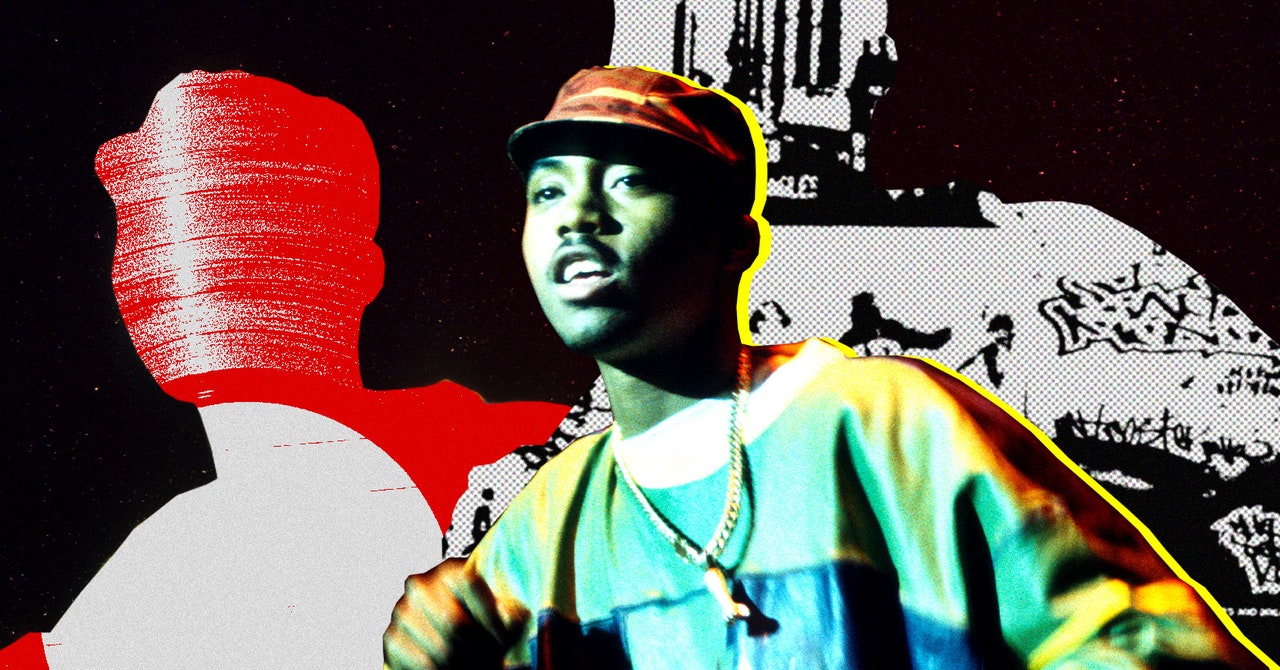
Music consumption and discussion in 2024 bears little resemblance to fandom from one decade ago, let alone three or four. Old songs gain new life on TikTok; AI creates original music trained on data from the world’s most popular artists; drill rappers post a song on YouTube on Tuesday, and by Friday it’s thumping in the dormitories of elite colleges.
Many have considered how this digital ecosystem influences the buying and selling of music. But a related question has mostly escaped inquiry: How does it impact the way music is honored and remembered? Few albums demonstrate the stark contrasts in music appreciation as well as Nas’ 1994 genre-defining Illmatic, widely recognized as one of the most important albums ever made.
Today, the 30th anniversary of its release, offers an opportunity to reflect not only on the album, but on how the modern music industry and the technology that drives it (streaming, social media, artificial intelligence) has changed the landscape in a manner that may help to preserve its legacy.
Illmatic’s release initially flew under the mainstream radar. There were no major release parties covered by MTV or VH1, no cover articles in Rolling Stone or splashy features in The New York Times, Nas’ hometown paper. It sold just a few thousand copies in its first week, and didn’t achieve platinum status until 2001, years after his sophomore effort (1996’s It Was Written) had done so.
In music circles, though, praise for Illmatic arrived almost instantly. For example, it secured one of Source’s elusive “5-mic” ratings, designated for instant “hip-hop classics.” In the decades since, it has steadily accumulated accolades. Illmatic is high on many all-time greatest albums lists (in any genre), and in 2021, was the first hip-hop album inducted into the Library of Congress.
These acknowledgements tell only part of the story, as its informal influence is far greater. So highly regarded is Illmatic that the album’s title is now used to describe a musician’s defining opus (One might ask: “Is Mama’s Gun Erykah Badu’s Illmatic?”). Its importance even transcends music: The album’s famed cover—featuring Nasir Jones as a child, with a photo of the Queensbridge Houses as the backdrop—has inspired visual artists.
For years, scholars and fans have examined Illmatic in search of an explanation for what made it work. The answers are multiple, but converge on a few factors. For one, there is timing. Illmatic is one of the defining albums of hip-hop’s unofficial golden age (somewhere between 1988 and 1996), when the art form achieved enormous commercial success, geographical (and sonic) diversity, a global footprint, and an large influx of talented lyricists, producers, and tastemakers, almost all raised during hip-hop’s earliest days.
This played out in Illmatic’s production style, featuring an ensemble cast of producers that created an expansive yet cohesive soundscape. Then, of course, there are the lyrics. Nas’ words were a magic elixir, a blend of Kool G Rap, Rakim, the Last Poets, and William Shakespeare. It was a mix listeners had never heard before (and arguably, haven’t since).
Discover more from reviewer4you.com
Subscribe to get the latest posts to your email.





